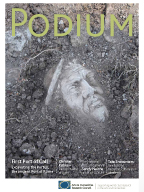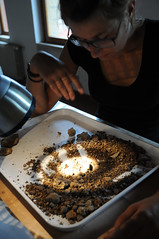New discovery at Portus, the ancient port of Rome, features in the Daily Telegraph
Archaeologists from the University of Southampton, University of Cambridge and the British School at Rome, have discovered one of the largest canals every built by the Romans. They believe it linked Portus with the nearby Roman river port of Ostia.
Continue reading →


